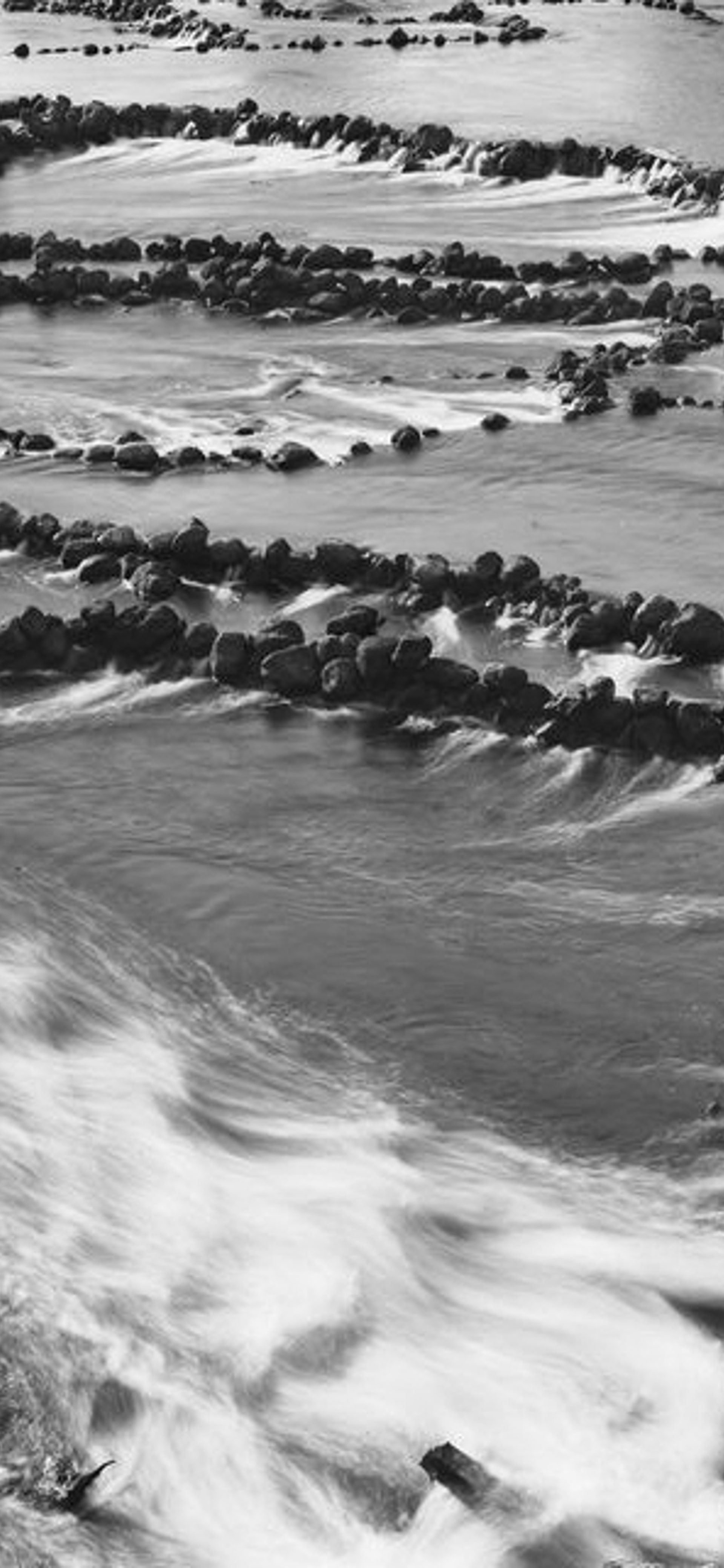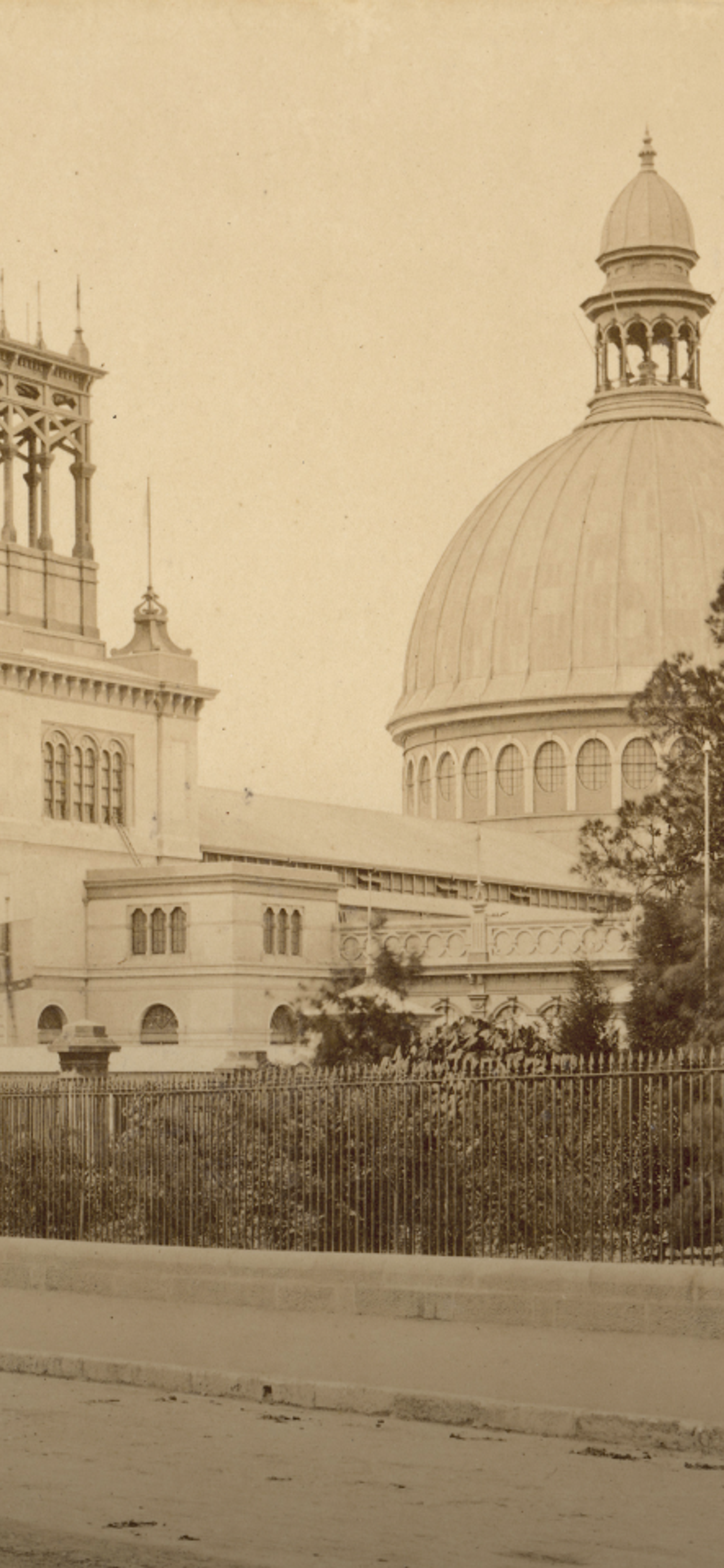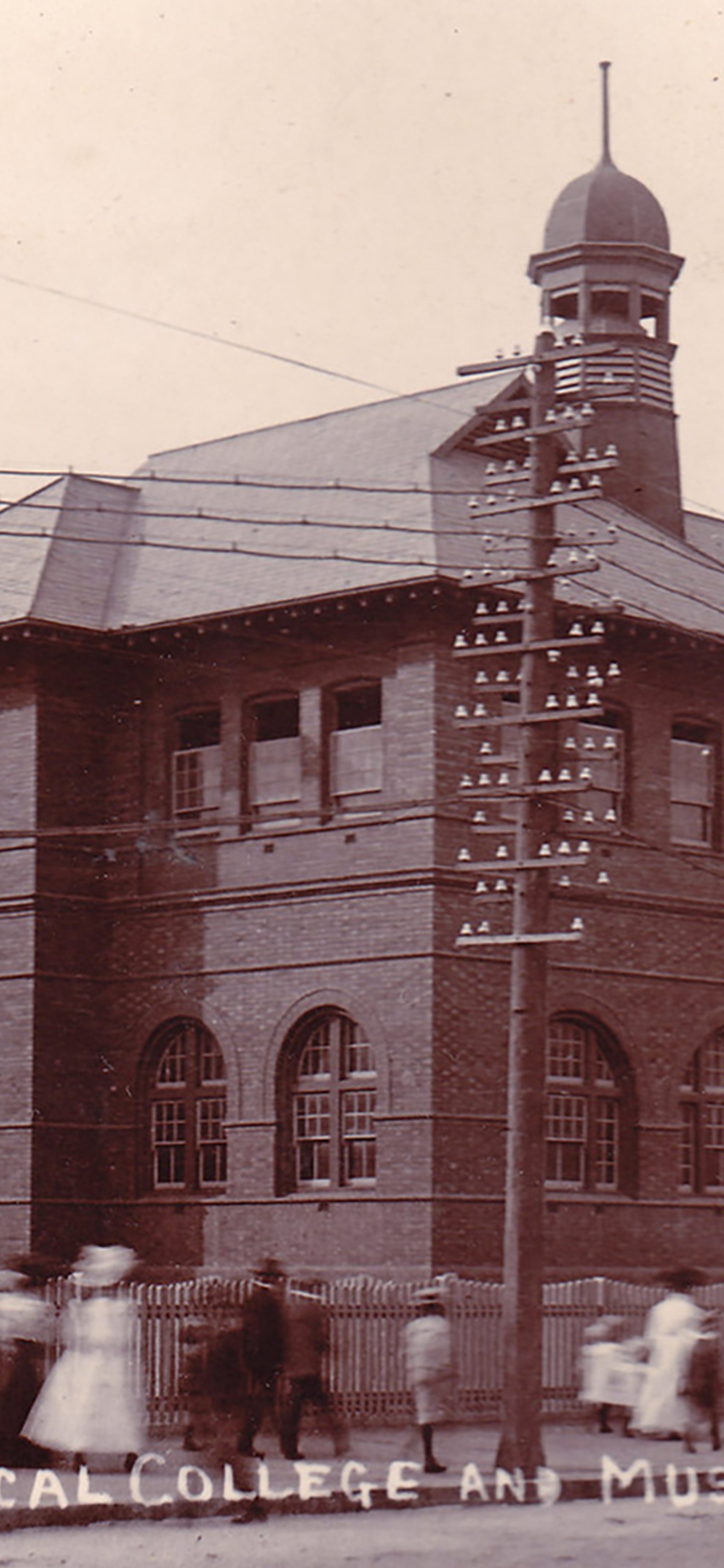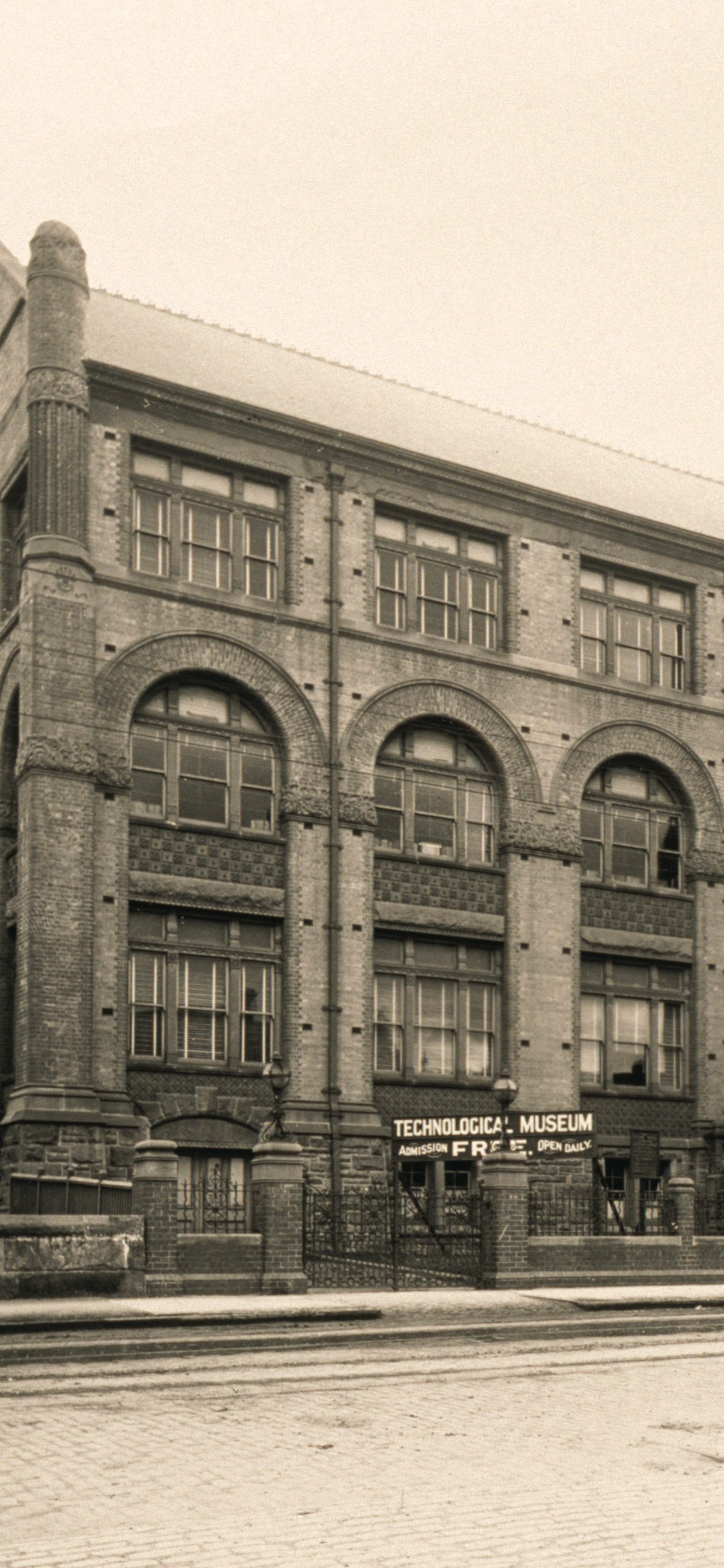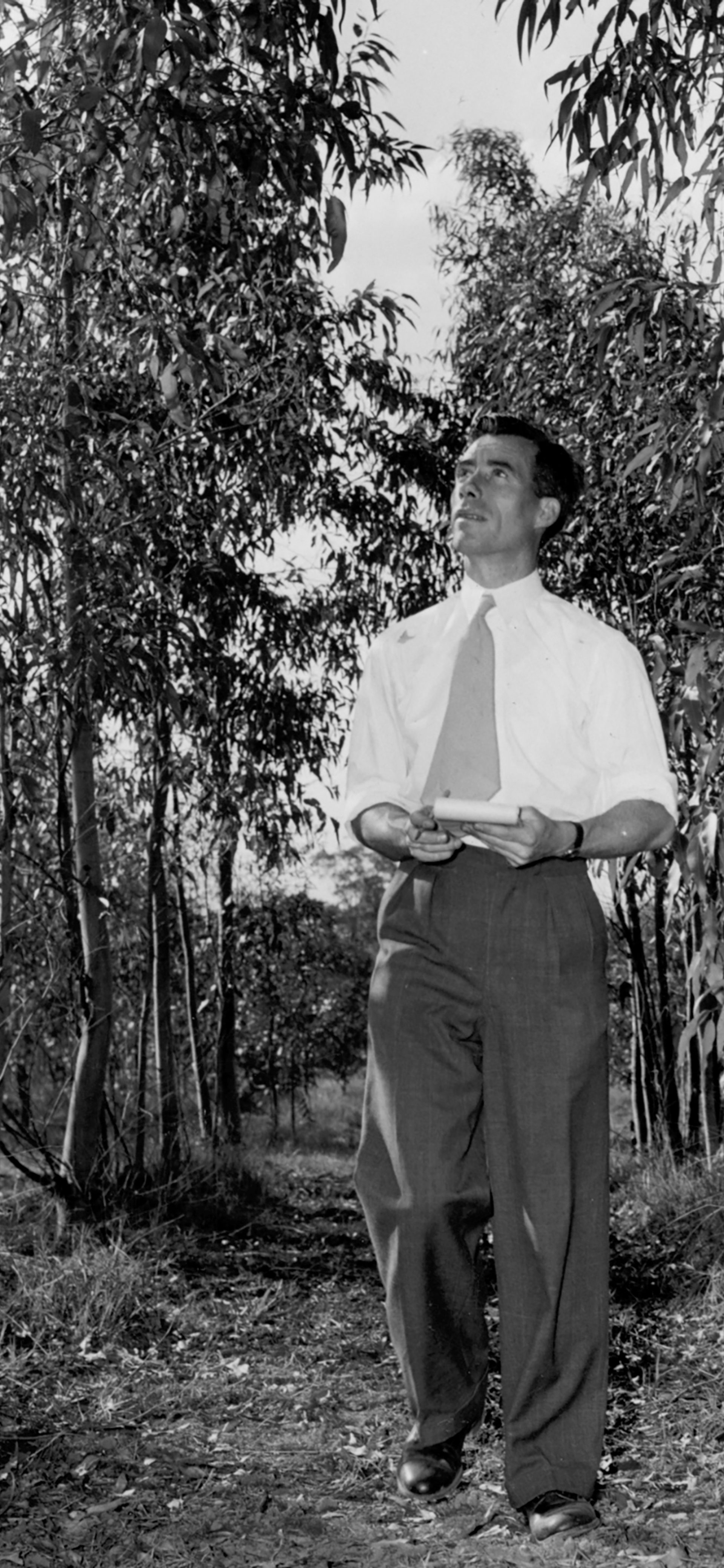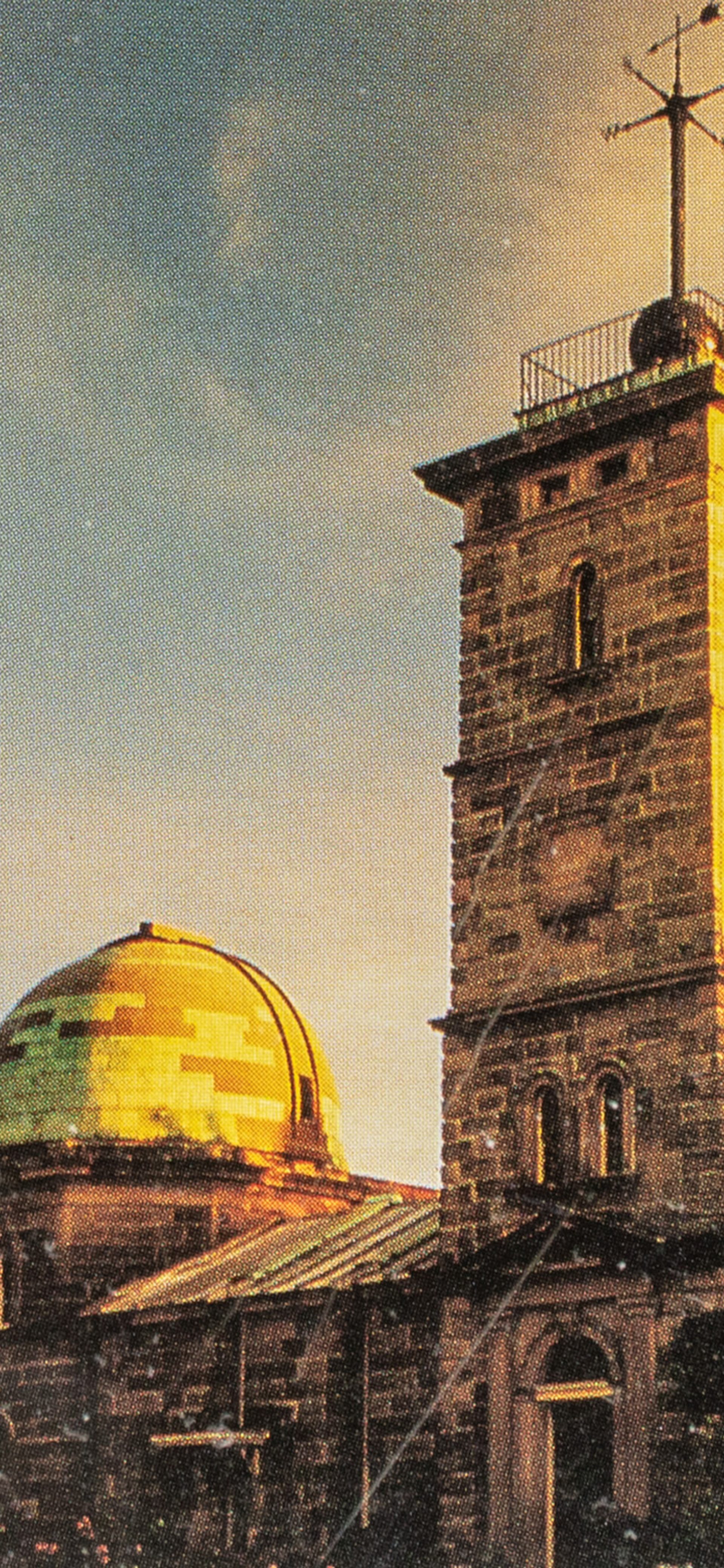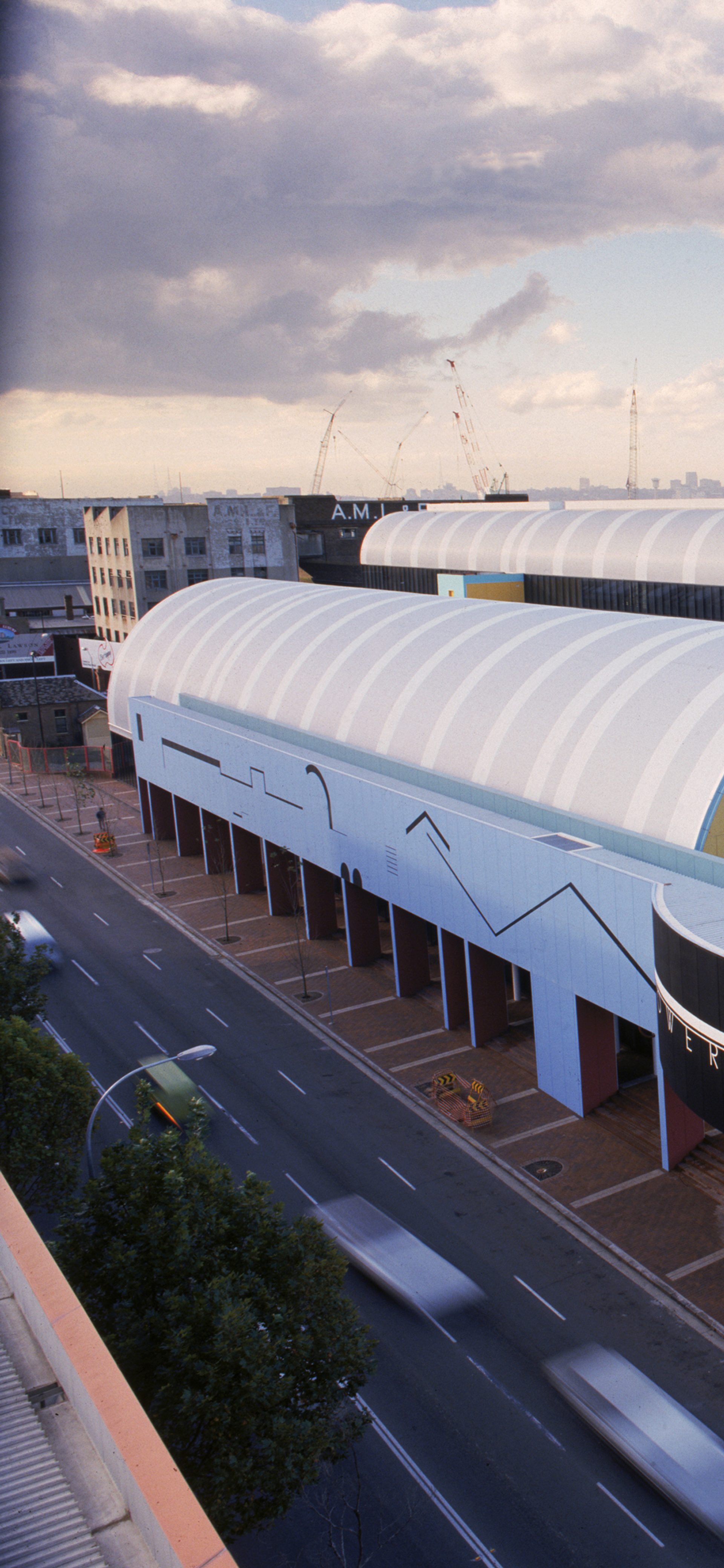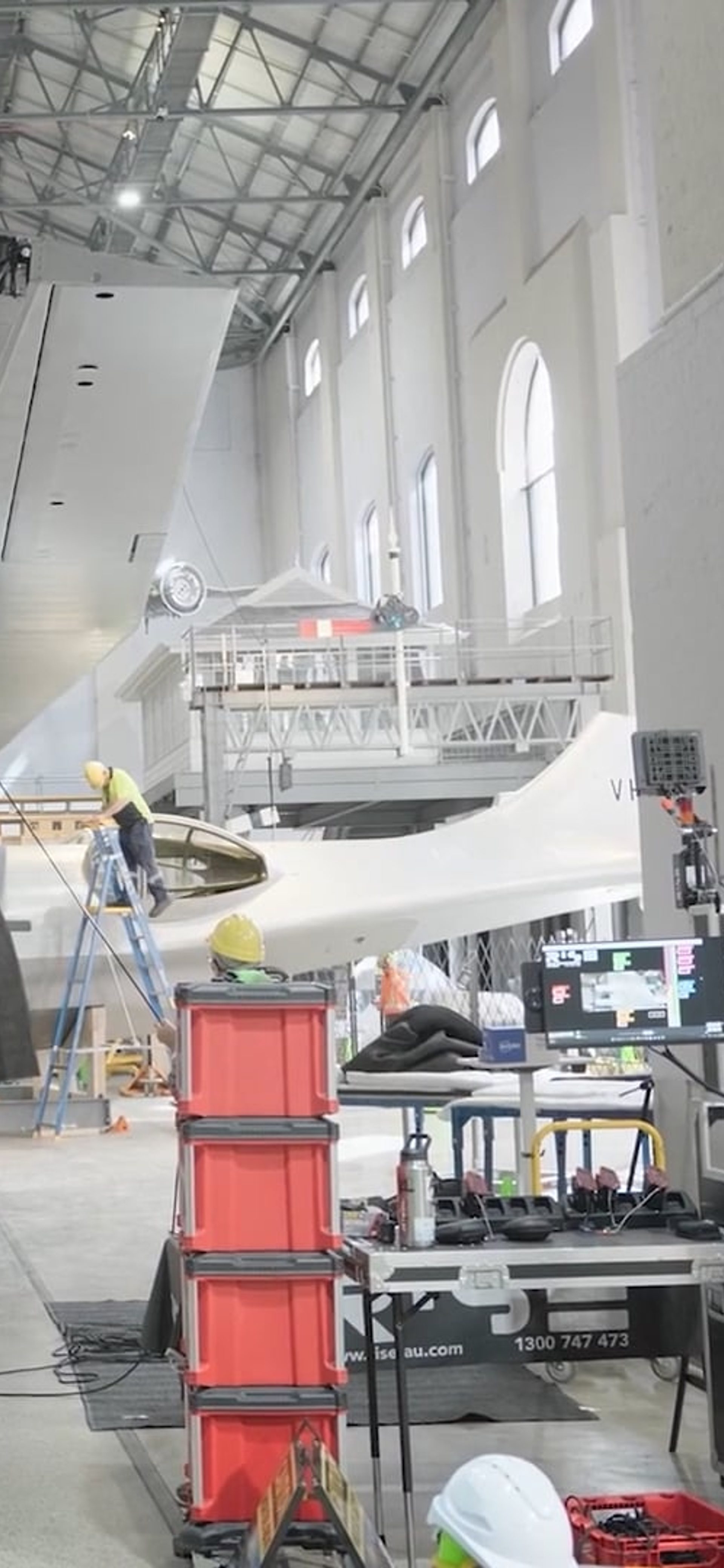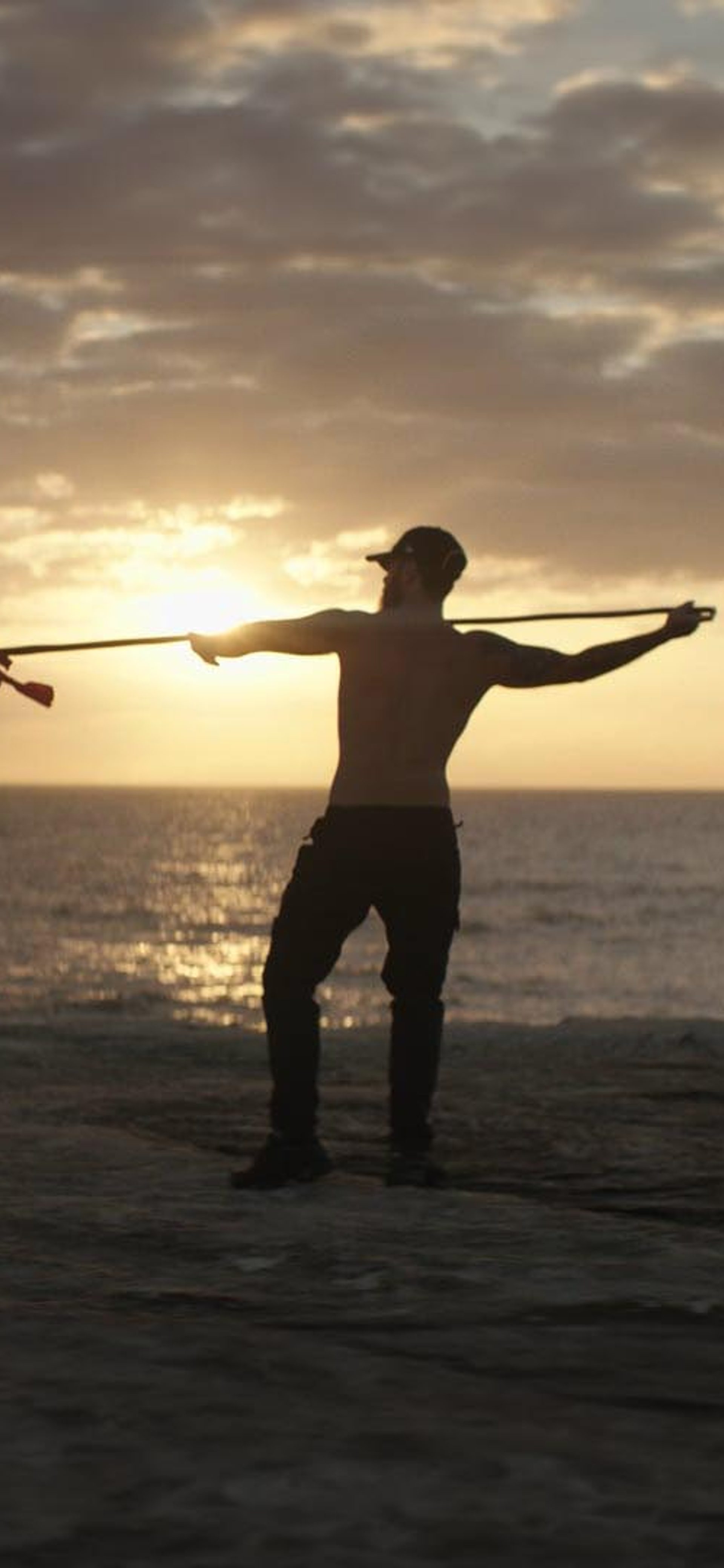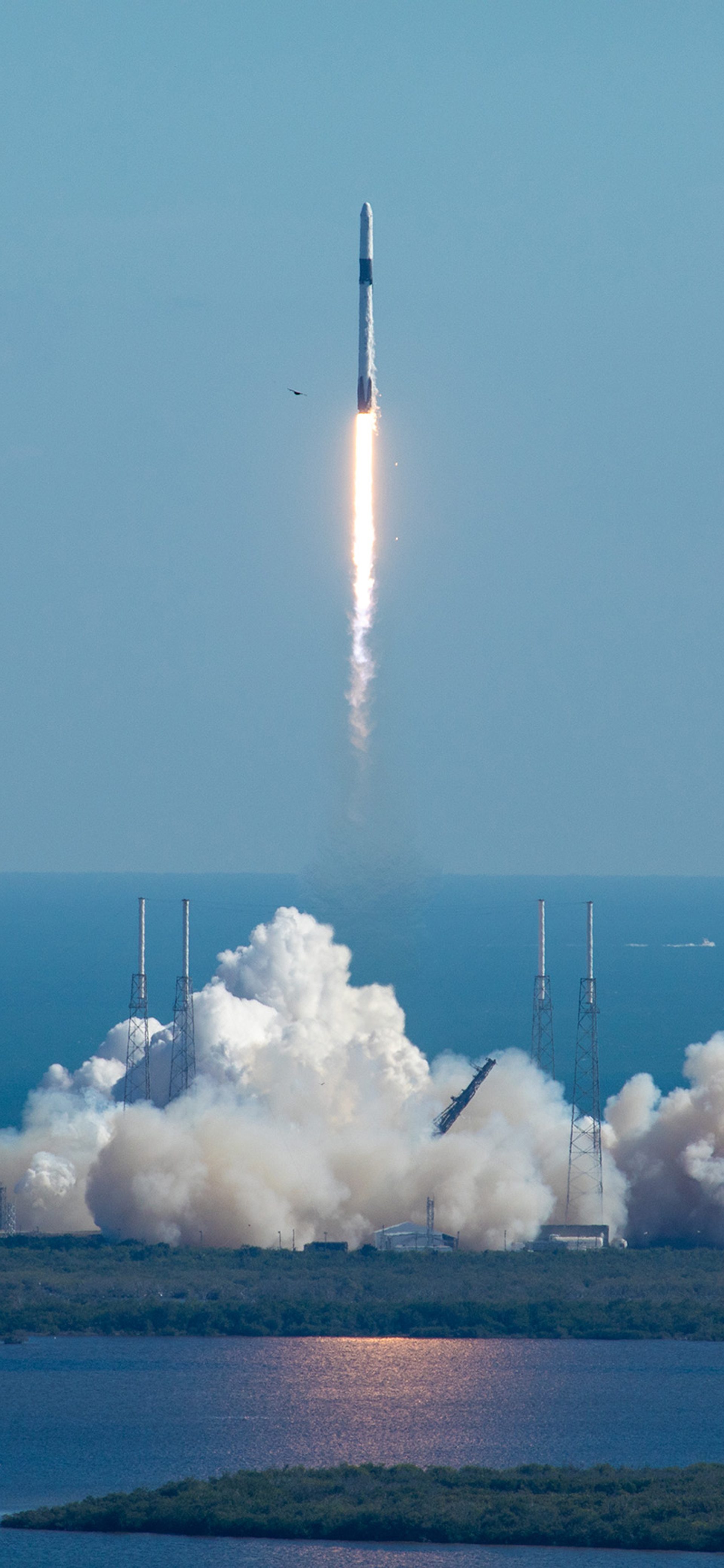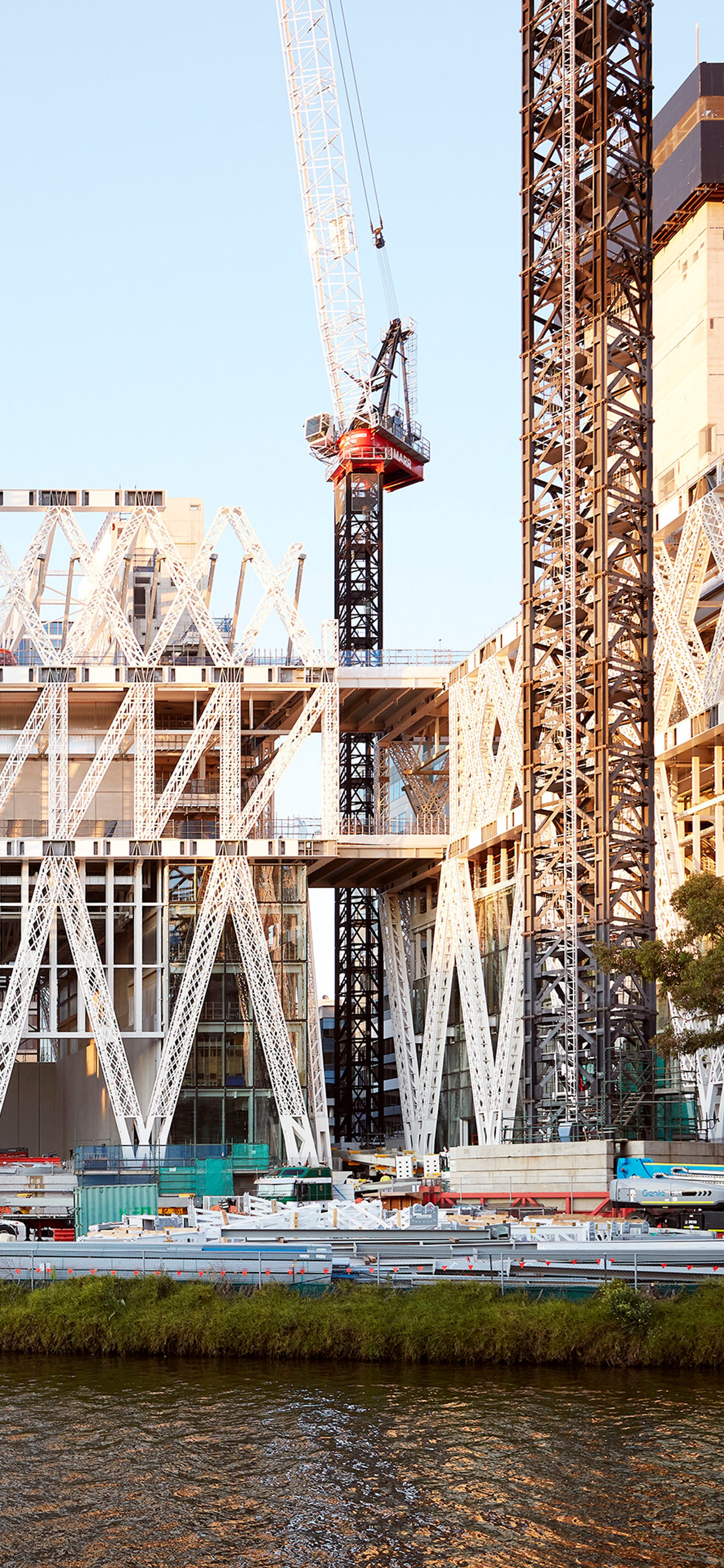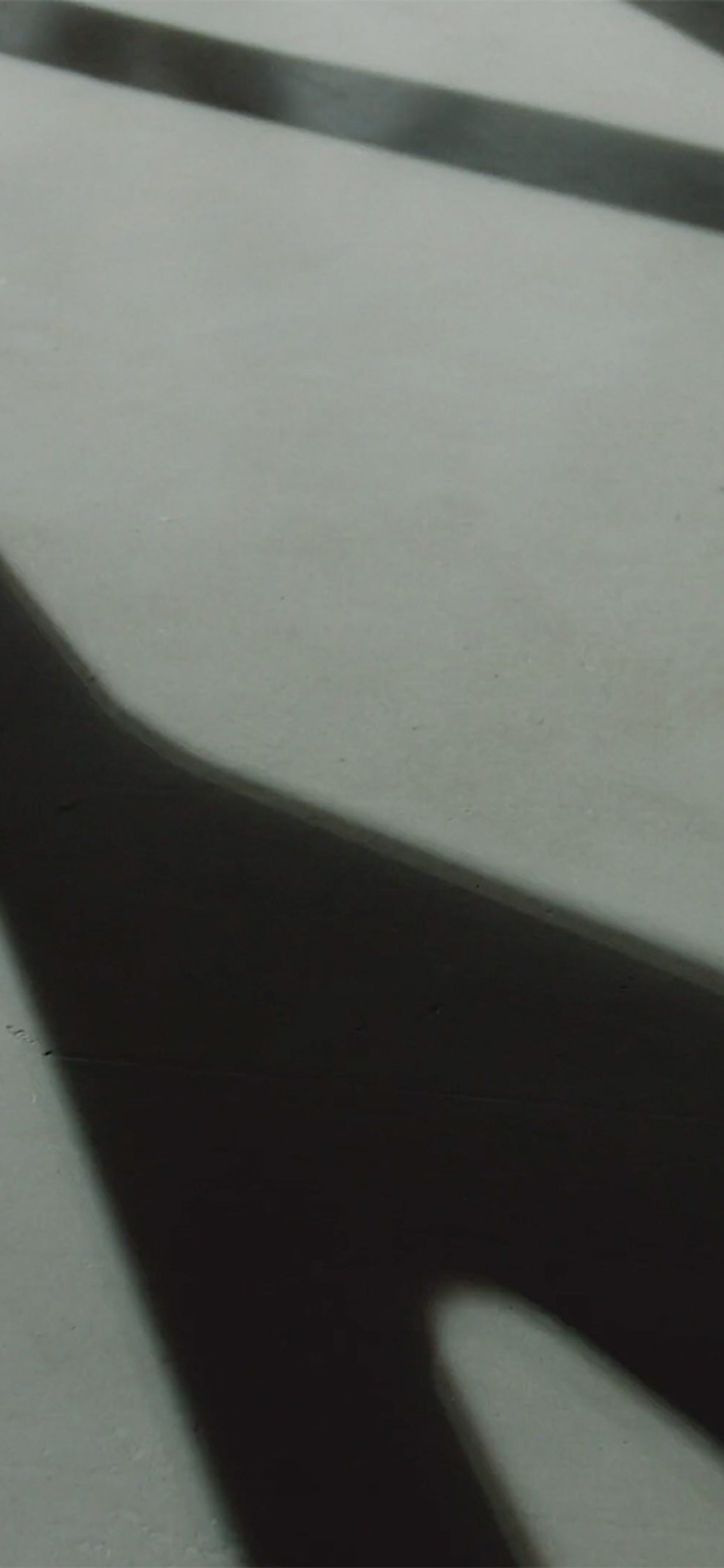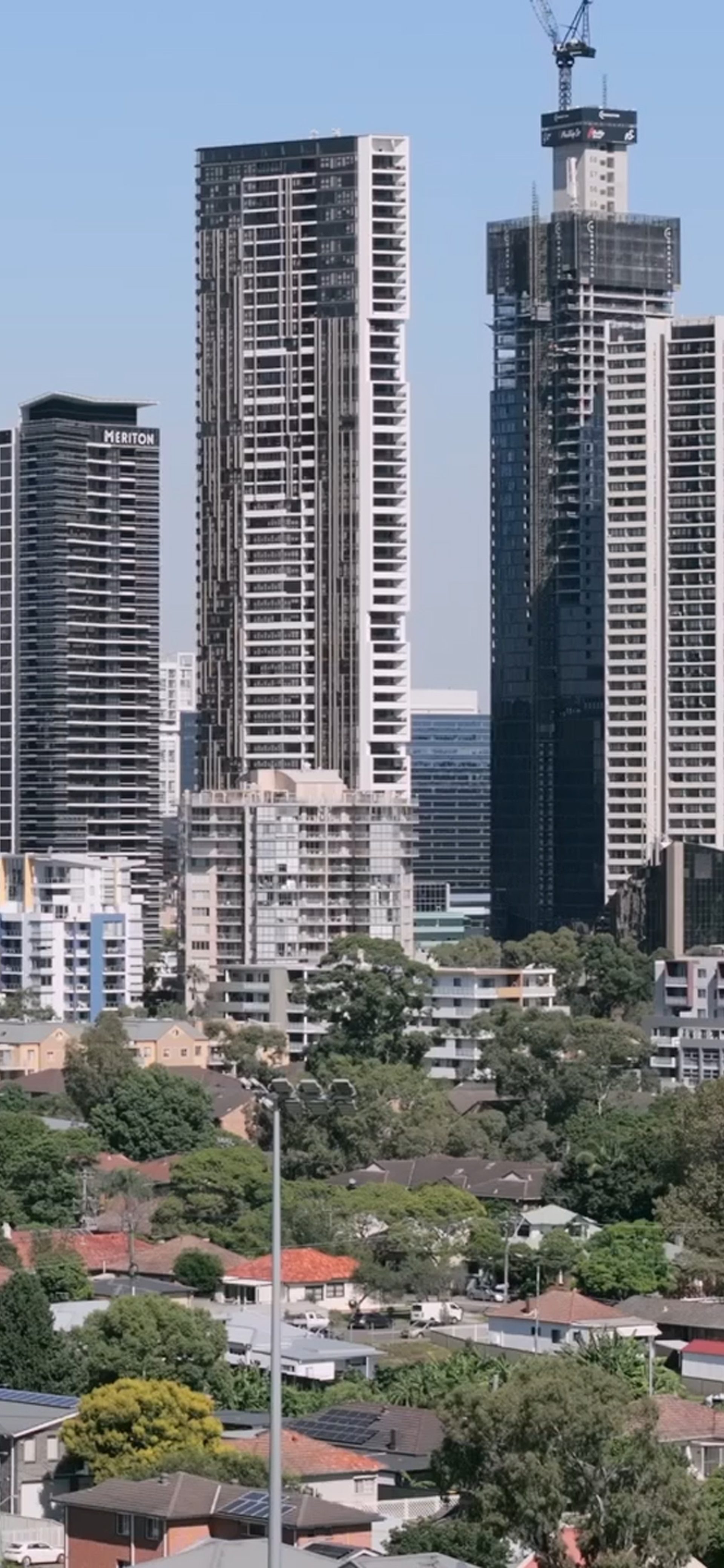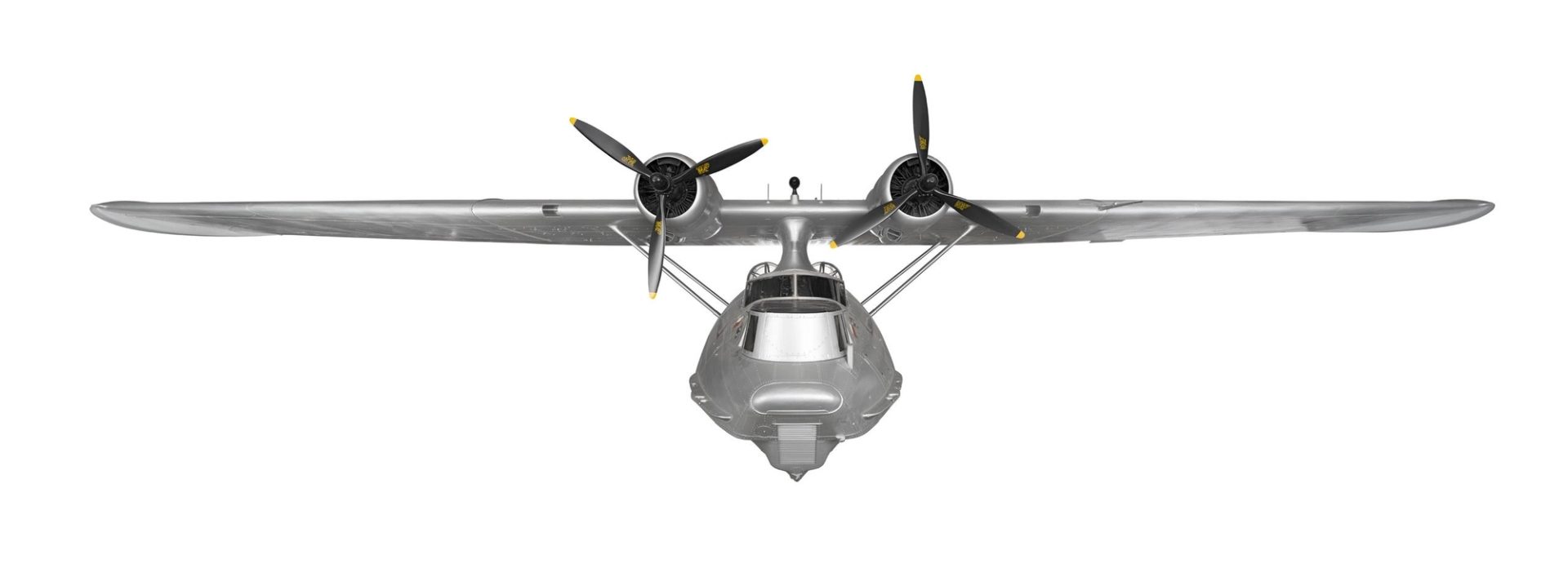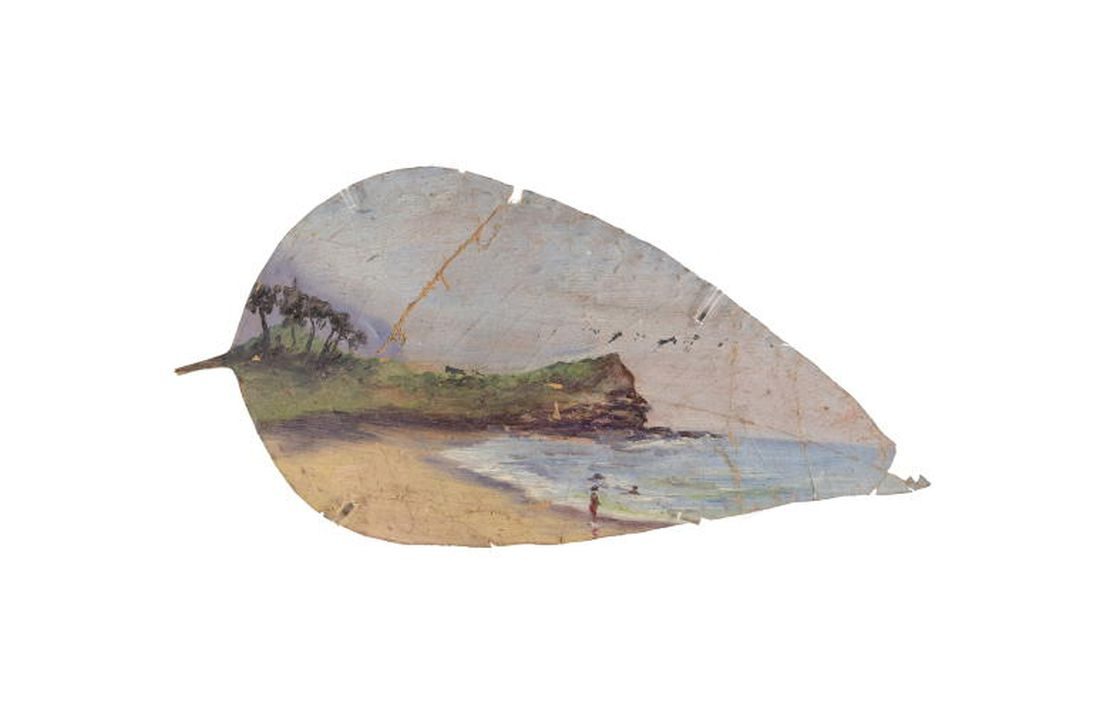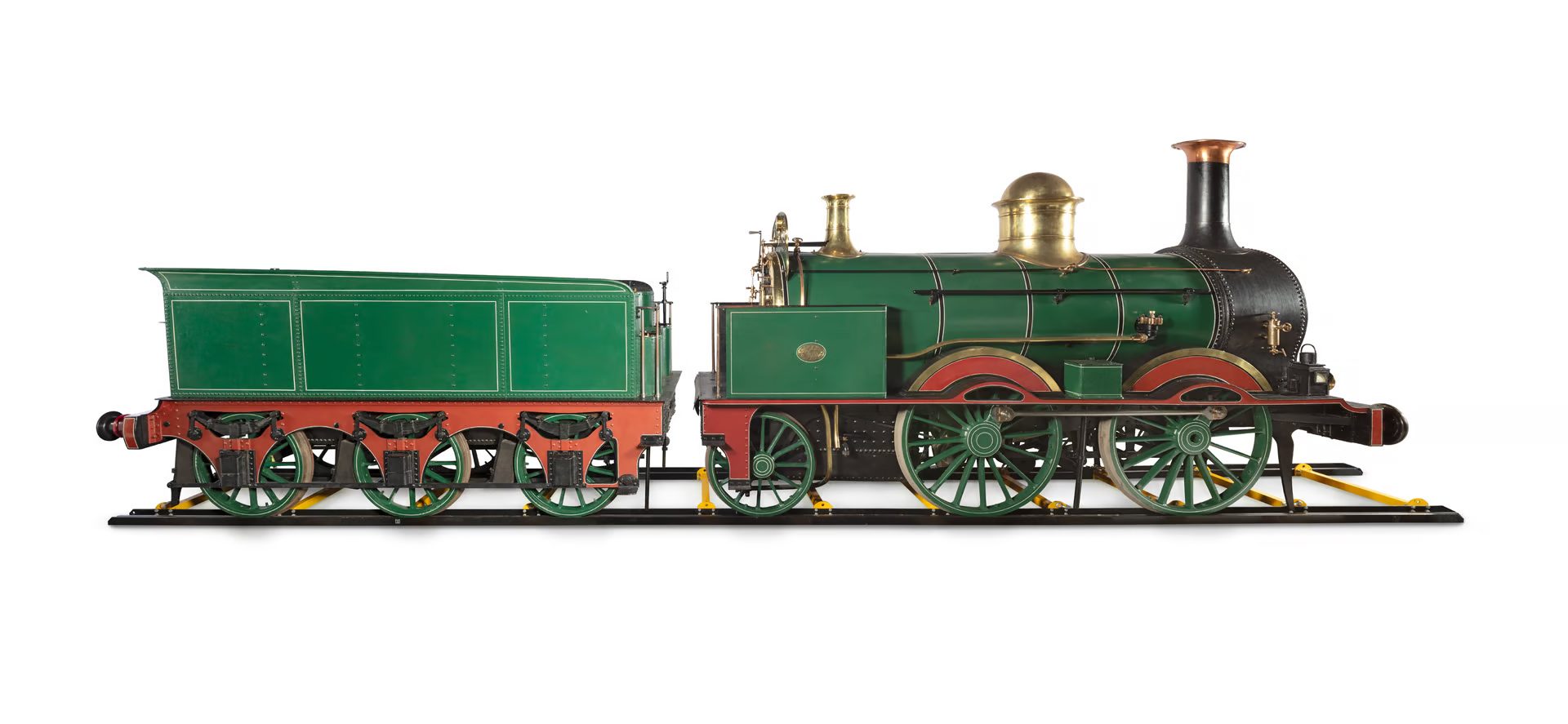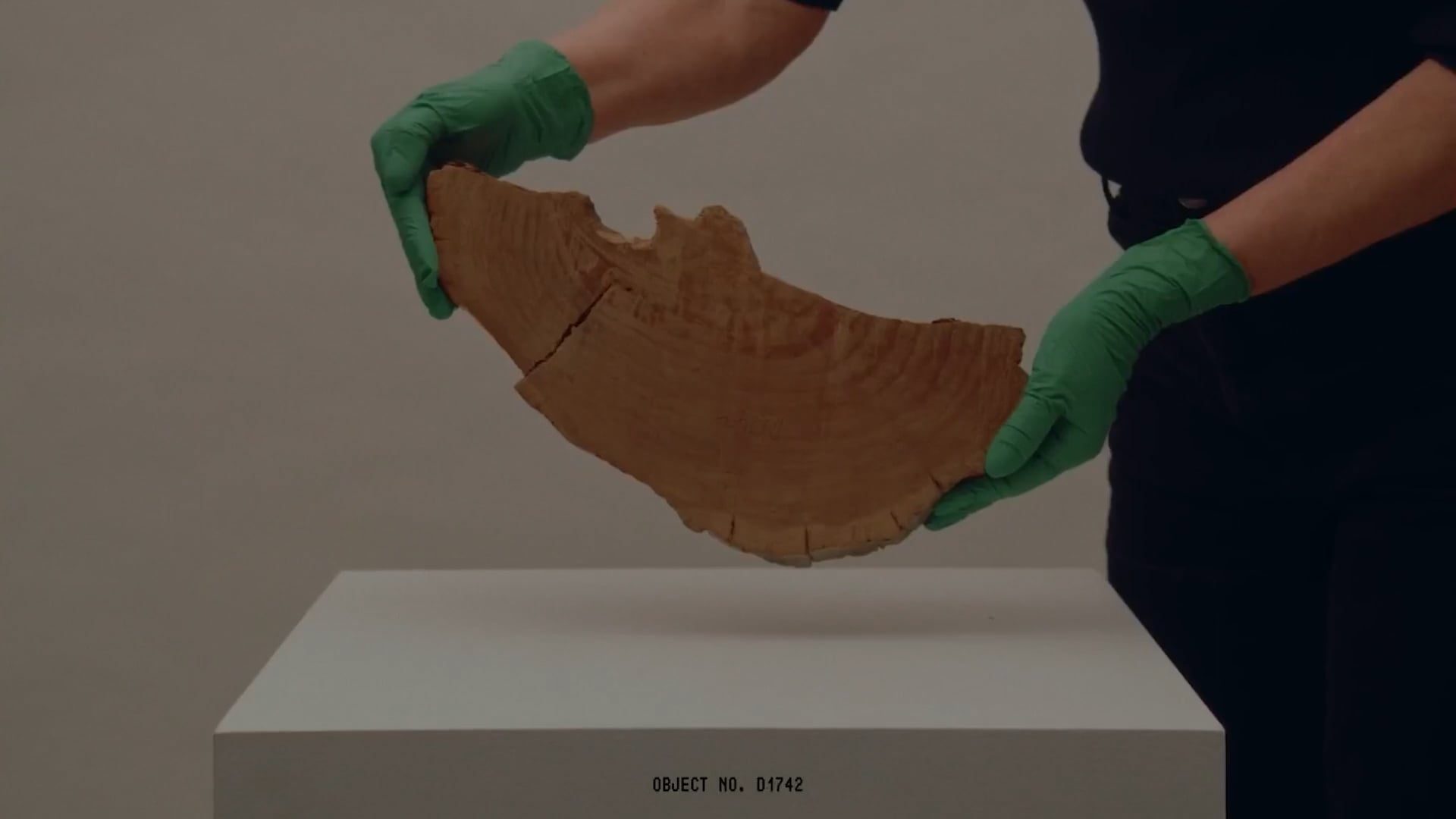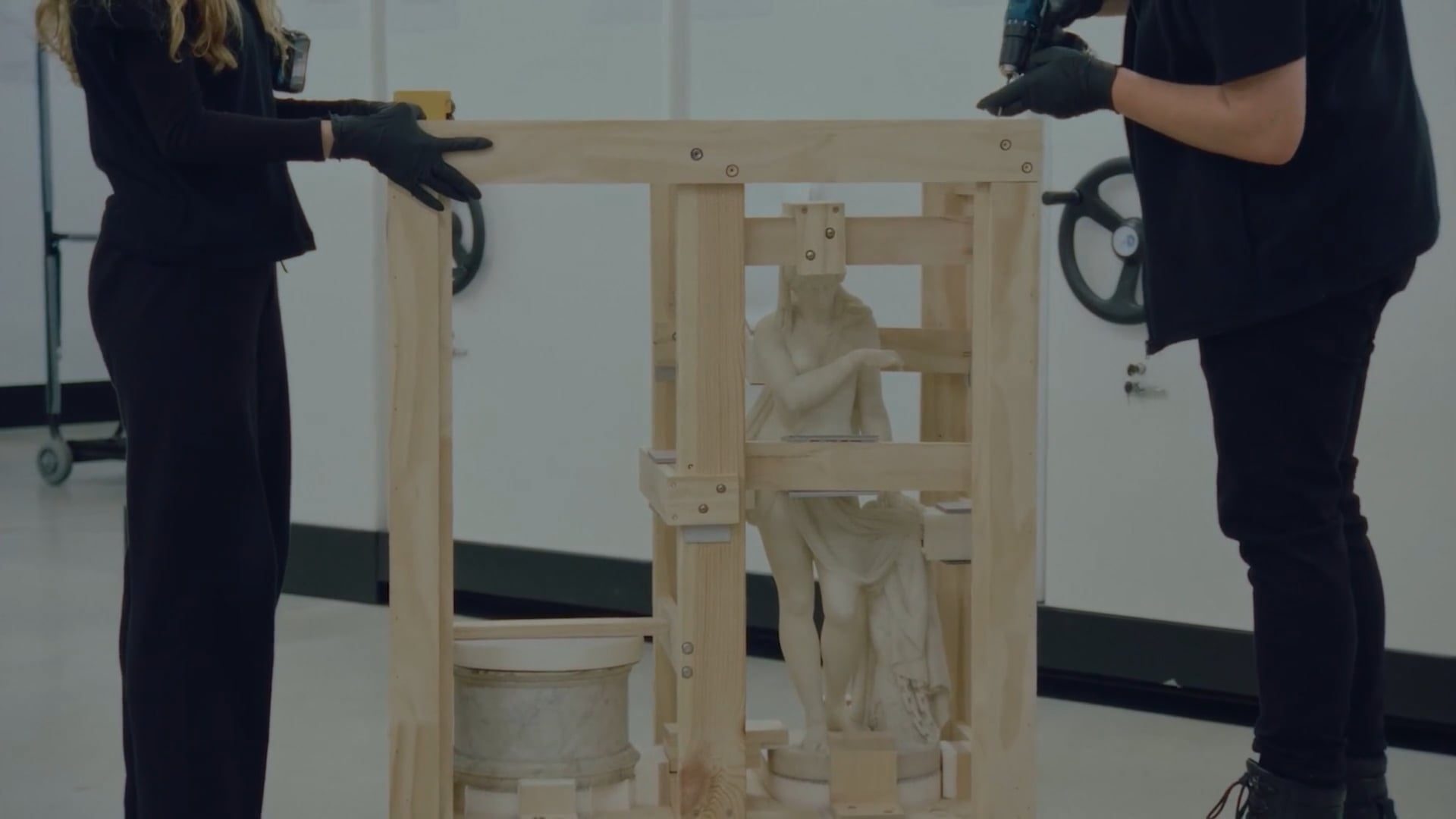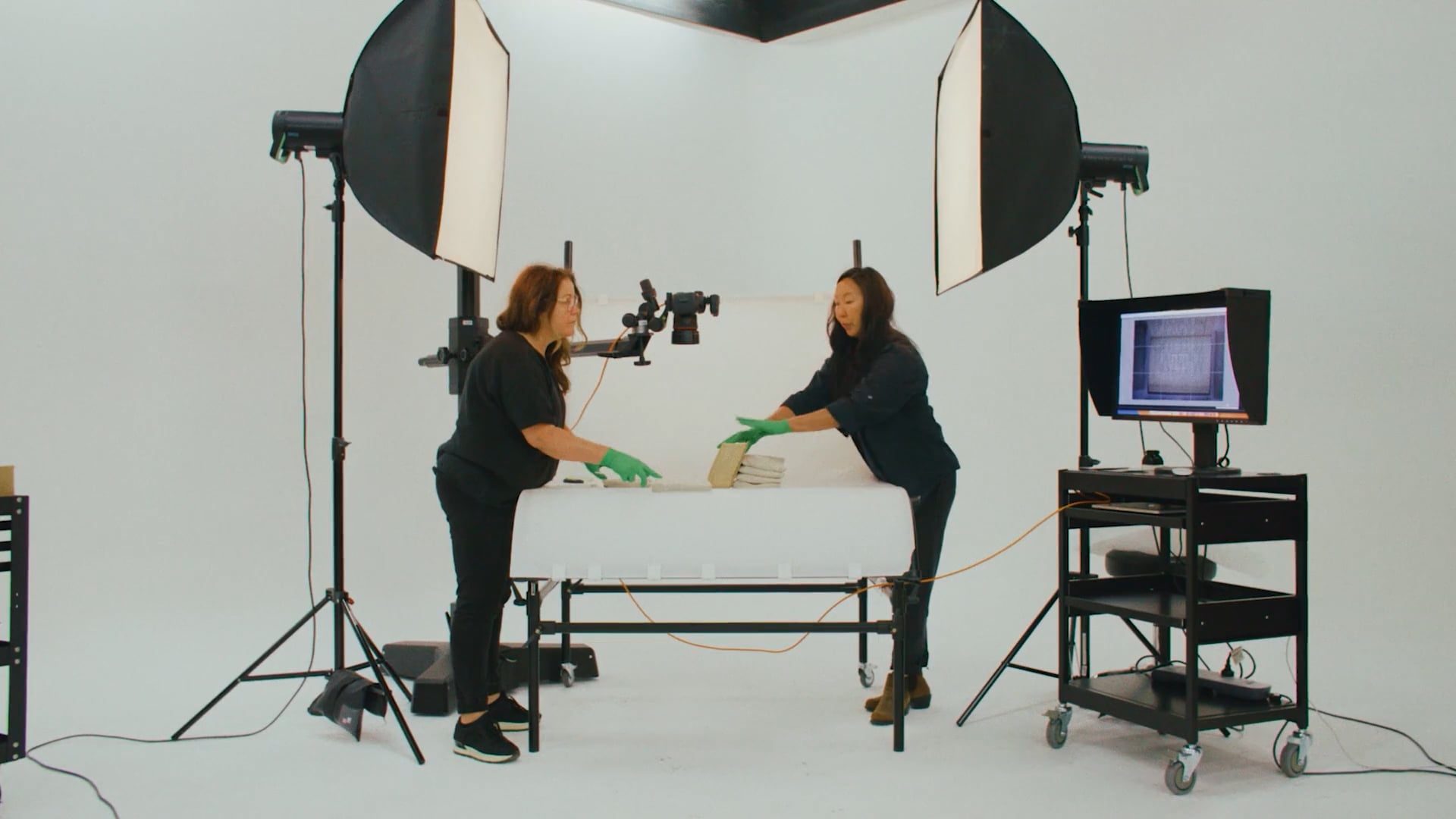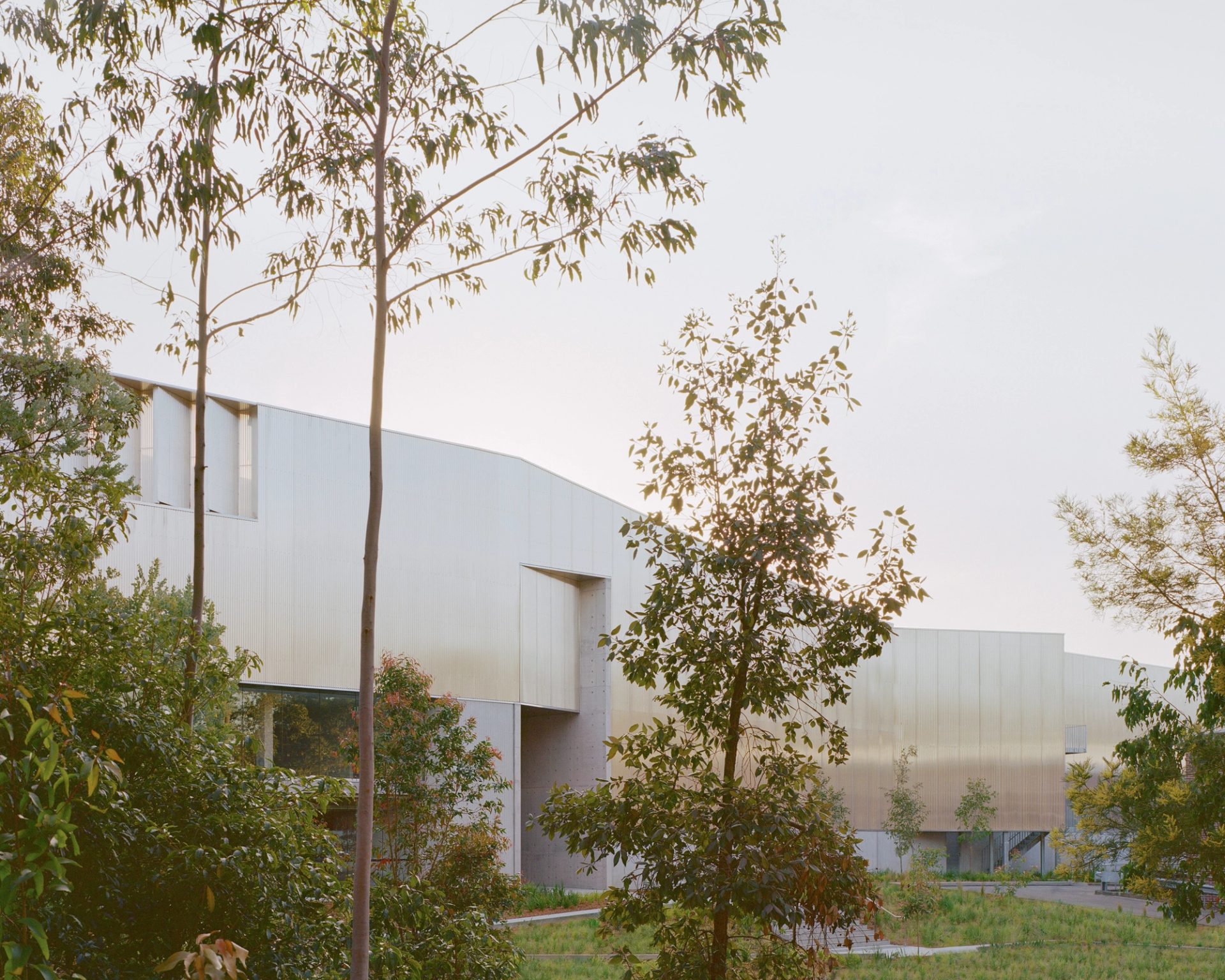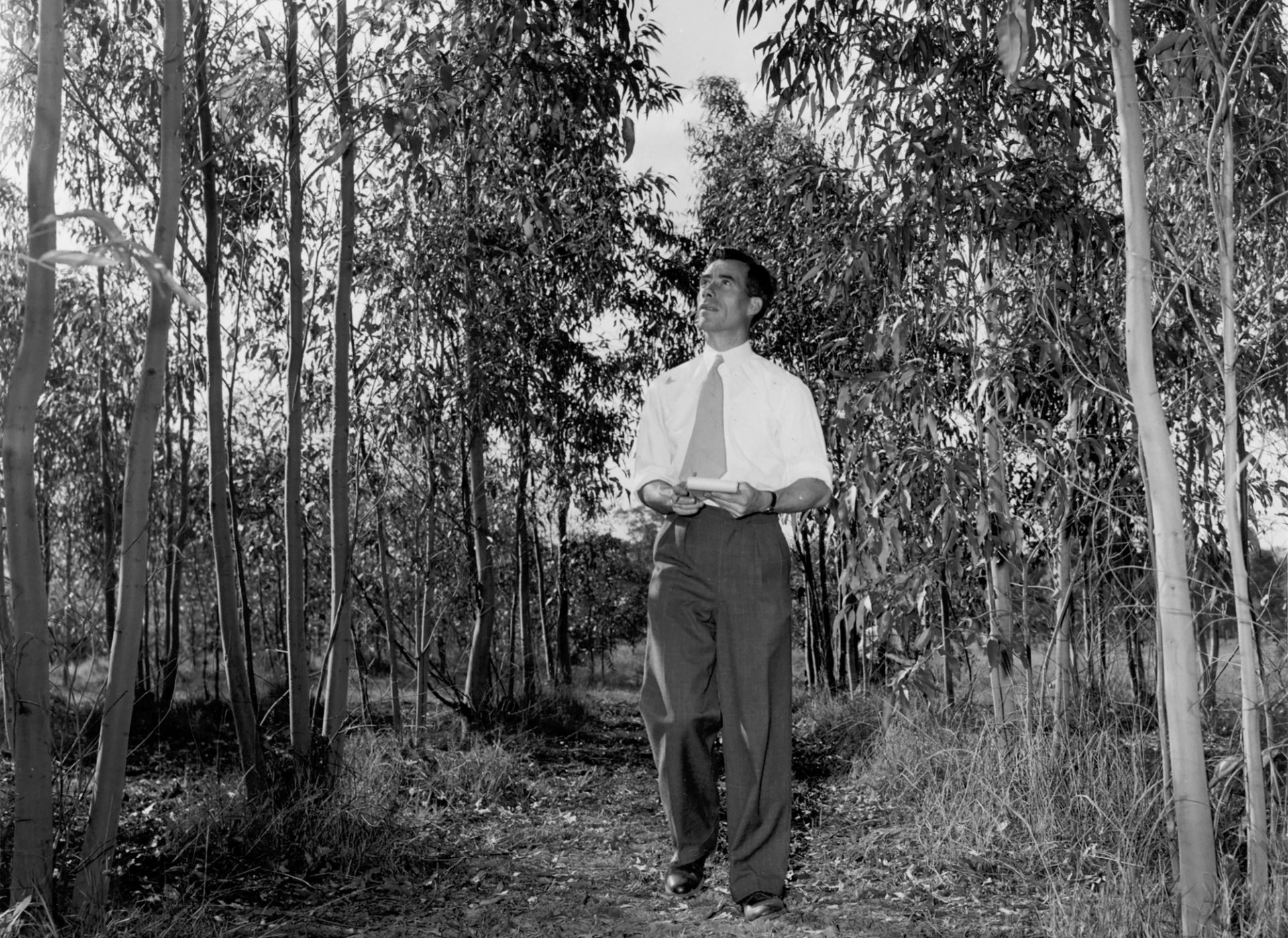Collection Logistics

Come behind the scenes at Powerhouse Castle Hill and meet some of the people managing the logistics of the Powerhouse Collection.
The Collection Logistics team is responsible for the meticulous planning, handling, packing and transportation of collection objects. Activities include the installation and deinstallation of museum exhibitions and relocating complex objects within and between collection stores. Recent projects include the disassembly, packing and relocation of the 70+ large and complex objects from Powerhouse Ultimo including Catalina Flying Boat Frigate Bird II, Locomotive No. 1 and most recently the Boulton and Watt rotative steam engine. Future projects will include the handling, packing, transportation and installation of complex collection objects into the inaugural exhibitions at Powerhouse Parramatta.
Charm Watts
Manager, Collection Logistics, Collections Project
‘The diversity of the collection is the reason I’ve always wanted to work at Powerhouse. I come from an industrial design background: I’ve taught design and technology; I’ve operated a furniture design and manufacturing business; I’ve worked in the contemporary art world overseeing installation teams and as an exhibition manager and collection relocation manager with Museums Victoria. So when I was recruited for the Powerhouse collection relocation project, I knew the role would be super exciting and engaging. Logistically it had components I’m familiar with, like designing and fitting out collection stores.
The difference with the Powerhouse Collection is the physical size of some of the objects and the variety of collection stores. I have a fairly in-depth understanding of the requirements of designing furniture, so I was able to marry that with 20 years’ experience in collection management practices to inform what was needed at Castle Hill for Building J. The principal behind the packing approach was to keep them safe by reducing the need for people to put fingers and hands directly on objects. Each object has a board, box, shelf or frame that supports it and provides shock absorption, so your fingers go on that handling aid instead.'
‘One of the most exciting outcomes of the relocation project is that every object now has its own special place, is safely housed and accessible.’
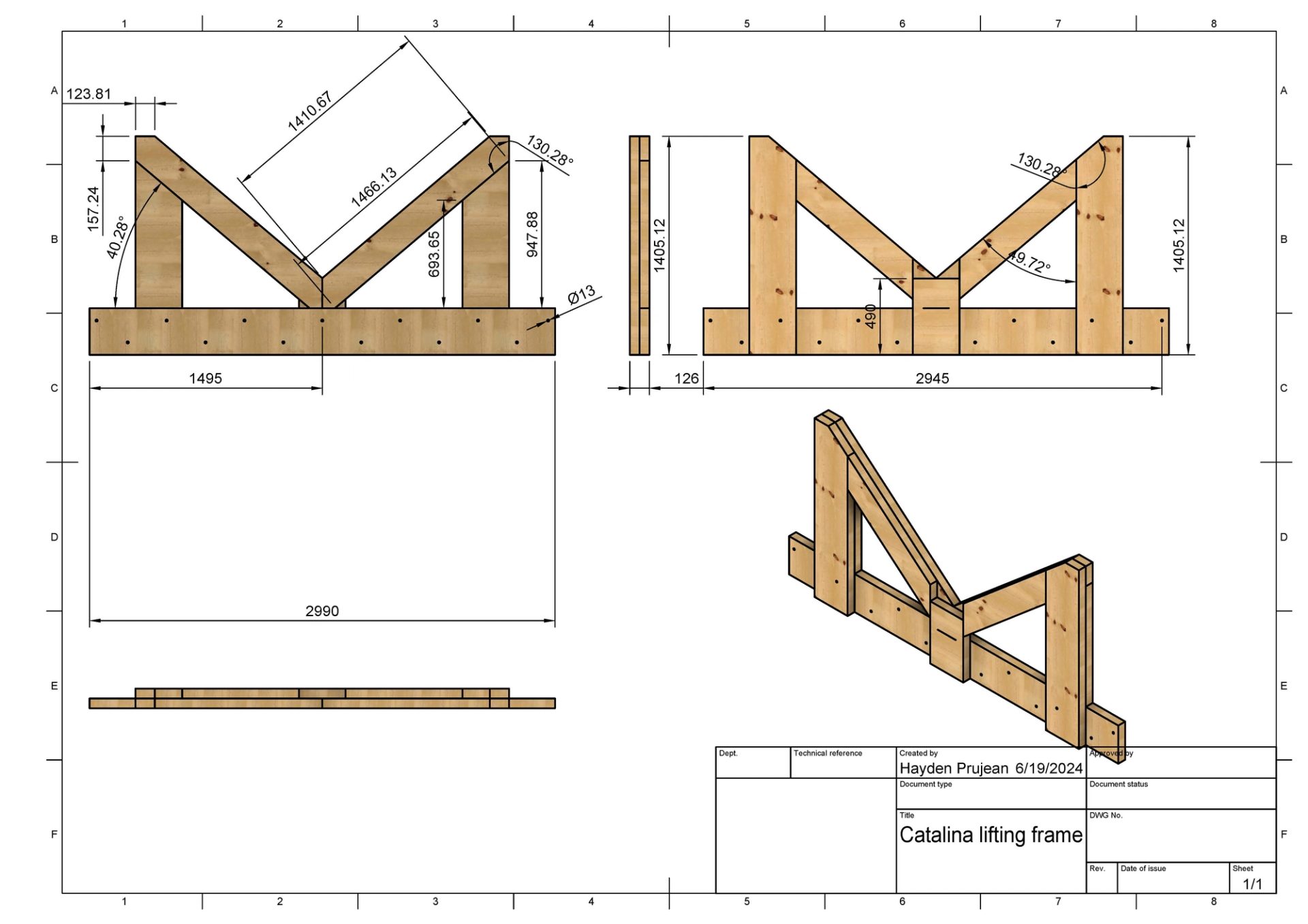
'When we decanted the iconic Catalina Frigate Bird II from Ultimo, we built wooden handling frames for the plane based on designs from a copy of the original maintenance manual. We already had a fair amount of internal data about this object and its history, though that manual had some useful illustrations with rudimentary imperial measurements of timber handling frames for different types of transport. Well, by train or sea. Still, we were able to adapt those designs to make cradles to transport the Catalina on trucks and then support it on site when it went on temporary display at Albion Park’s Heritage Aircraft Restoration Society Aviation Museum.'
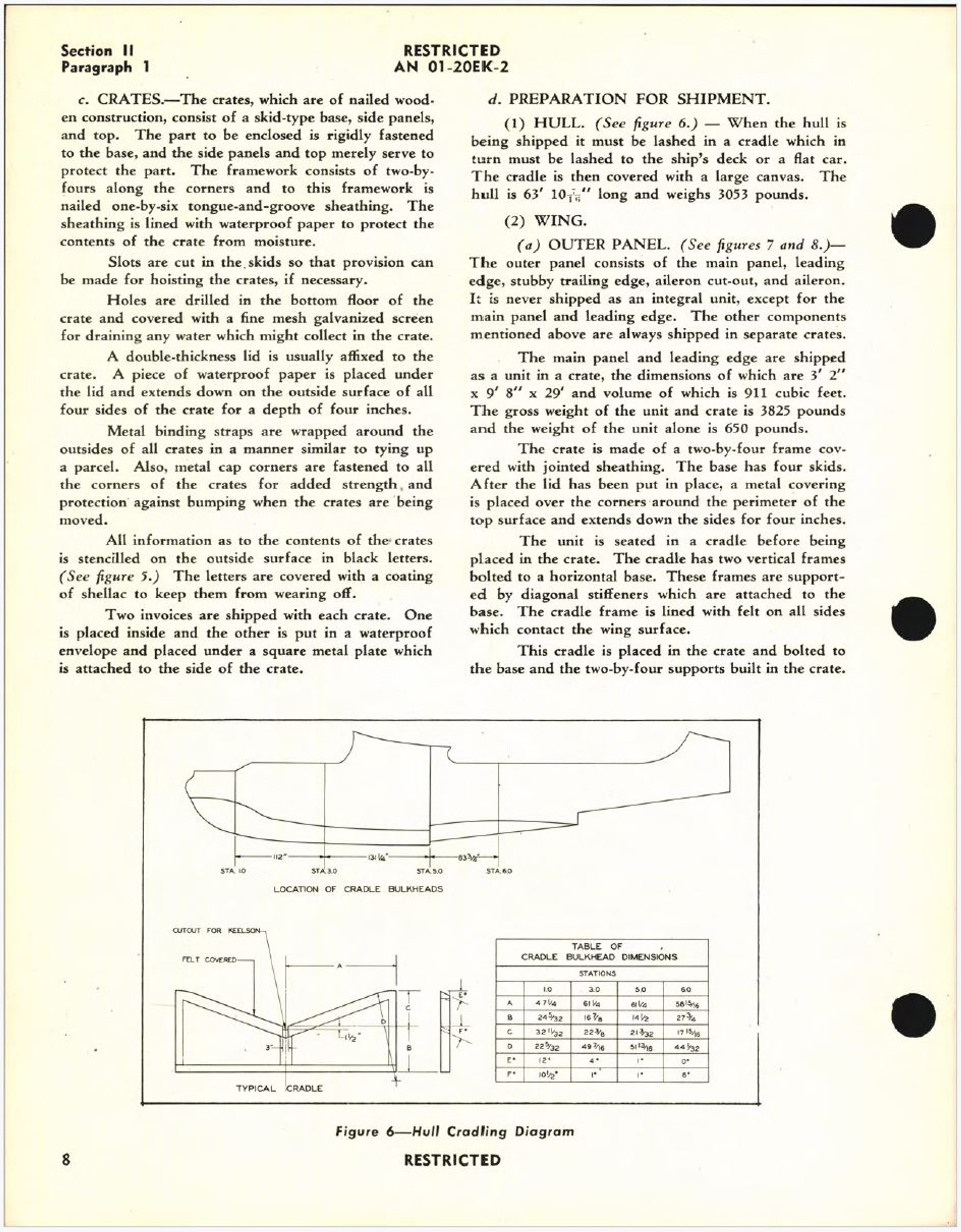
'A 1945 maintenance manual had some instructions and illustrations about preparing the Catalina for shipping. We then had the hull of the Catalina 3D scanned to give us very accurate measurements. Those 3D scans then gave us files we could input to a CNC (computer numerical control) router to precisely machine the handling frame parts. The top section of each frame is made up of a lamination of pieces of plywood and each one of those laminations is a compound curve matching the hull at exact pickup points, so we knew we were getting a consistent support around what’s essentially thin sheet metal. The combination of those technologies meant this was a relatively straightforward process for us.
We then worked with engineers on the specifications for the steel bases holding all those wooden uprights together and constructed them on site. The Catalina was separated into its main components for transport: fuselage, tail plane, wheels, engines, propellers and wings. We engaged a transport company that normally moves houses and other buildings on very long flatbed trailers. The trailers have remote-controlled axles at the back, which means they can achieve turning circles like no other vehicle. And one of the trailers was extendable to 32 meters, so we were able to transport the entire wing section in one go without needing to undo thousands of bolts and screws. It hadn’t been done in the Southern Hemisphere with trucks before, so it was a very impressive demonstration of precision transport.’
‘It took quite a bit of research and development to design movable storage systems for Powerhouse Castle Hill, with racks, shelves and drawers on wheels or in sliding units. With textile storage, for example, you can pull out these large 2-by-1-meter drawers with clear covers to see entire garments, which makes them more accessible without needing someone to touch the actual garments. We use this system for a lot of objects in the collection as you can fit more people around a drawer that slides out. One of the most exciting outcomes of the relocation project is that every object now has its own special place, is safely housed and accessible. Now when an object is requested for an exhibition at another site, say, our new site at Parramatta when it opens, it can be moved super quickly and safely. A supplier of some of the racking we have at Castle Hill even had its AGM at a venue nearby so the whole team could look at how storage is being managed in J Store.
Lisa Havilah (Powerhouse Chief Executive) is really connected to what it takes logistically to mobilise the collection, and I’ve really enjoyed being part of the planning for loading docks, back of house spaces and logistics equipment at Powerhouse Castle Hill and Powerhouse Parramatta as the museum’s footprint expands. A beautiful outcome of this relocation project for museum staff has been upskilling: members of my team have gained certifications for operating cranes, lifts and other heavy equipment, and I’ve been able to teach them other skills like woodworking. We’ve got people who are now making furniture for themselves — as a manager, empowering people in different ways is what you want.’
Rosalie Coyne
Assistant Registrar, Collections Project
‘As a kid I didn’t learn very well from textbooks, but museums were more fun and interesting. Whenever you step into a museum, you’ve got objects to explore, you’ve got descriptions and stories, and there are people willing to discuss objects with you. It’s a really good way to learn something new and understand the stories behind objects.
I started at Powerhouse nearly ten years ago as a volunteer guide, then I worked in programmes. You can see the light in kids’ eyes when you start talking with them about objects they’re interested in — they’re learning something new and developing this understanding of the world in a different way. Now I work with the collection, documenting objects in our collections management system (EMu) and develop an understanding of their parts if we need to dismantle or move them.
One of my favourite objects I’ve worked with is a small painting on a gum leaf that’s about 14 cm long. It shows a woman standing on a beach, with a headland in the distance, and it’s just so beautiful and interesting. It’s now stored in a box with a clear top inside one of our compactor drawers at I Store in Powerhouse Castle Hill. So, it can be viewed in the box without anyone touching the leaf and it’s nice and safe in our humidity and temperature-controlled storage.’
‘We needed to scan the plane and build an angled frame to move the main section out the doors and onto transport safely. I was there with gloves on, working with an aviation consultant, a conservator and the logistics team, taking the tail and wings off — all that fun stuff.’
‘At the other end of the scale, I worked on the project to move large objects from Powerhouse Ultimo and the museum’s storage in Castle Hill into the new J Store at Powerhouse Castle Hill. So, moving on to bigger things, I really love we have a Dairy Farmers wagon — it’s just really pretty. It was originally used by the Tooths Beer company to deliver beer and then it was part of a Dairy Farmers display at the Royal Agricultural Show in Sydney. When we moved the wagon from H Store to J Store for the Powerhouse Castle Hill opening one of our challenges was handling the front axle. It turns very easily and very sharply, which is great for getting around corners but when we wanted it to go straight it was a little bit tricky. So we built a frame with wood, foam and some bolts to pin the axle in place, which allowed us to pull it onto a tilt tray and move it safely and easily from one store to the next.
Another cool and interesting vehicle I’ve worked with is the Beechcraft Queenair air ambulance, which helps tell the story about NSW Ambulance services getting people to hospital out from the country. In my work as a registrar, I was focused on documenting the plane’s move from Ultimo to Castle Hill, writing a disassembly plan, helping disconnect parts for movement and tracking every individual bit of the plane as it was disassembled. We needed to scan the plane and build an angled frame to move the main section out the doors and onto transport safely. I was there with gloves on, working with an aviation consultant, a conservator and the logistics team, taking the tail and wings off — all that fun stuff.
I love being able to work with the huge variety of objects in the collection and developing new knowledge and skills — I now have my forklift and EWP (elevated work platform) licences too. I’m still early in my career and I’ve been learning a lot on this collection relocation project, which is great. If you work at a museum, everyone thinks you’re a curator. So when people ask me what my job is, I say I’m like a librarian, but for museum objects instead of books.’
Jay Moon
Assistant Registrar, Collections Project
‘I come from a background in visual arts and I think this gave me a huge appreciation for the significance of objects in the museum. I then studied for a Masters in Conservation, which deepened my interest in how objects are cared for over time. Eventually, I was fortunate to join the Collection Logistics team at Powerhouse, where I now work on the physical care, movement, transport and long-term storage of the collection.
Our team ensures the safety of objects when they’re being transported or relocated.. This work includes building custom supports such as steel frames, pallets and paddled cradles and using a wide range of specialised handling equipment. We work closely with the conservation and registration teams to plan the fine details of each move, and a lot of our day-to-day work involves problem-solving, hands-on construction and accurate documentation.
I really liked working with the Beechcraft Queenair because it was used as an aerial ambulance to save a lot of lives. It transported more than 32,000 patients and went through a lot of mechanical upgrades and engine replacements. When we started preparing the plane for transport it was hanging from the roof of the Boiler House at Ultimo. We knew it wasn’t logistically possible to move it through the door without removing its wings. We recorded all the plane’s measurements to the millimetre and worked with engineers to design a custom timber frame to hold the fuselage at a 52-degree angle so it could be safely moved through the building, out the door and onto a truck. It was one of the most technically challenging and rewarding moves I’ve been part of.’
‘We’re constantly learning more about these objects as we work with them and I’m really proud we can share that knowledge with the public.’
‘Another big project I was involved in was the relocation of Object 7949 — the much loved and iconic Locomotive No. 1. I worked on documenting the dimensions of the wheelbase, tender and carriage, and creating digital plans for the movement. To get the locomotive safely through the doors, some of its more protruding elements had to be removed and carefully reinstalled after transport. The move was managed late one night in winter when there wasn’t much other traffic. It was dark and freezing cold, though once the locomotive arrived safely at Powerhouse Castle Hill it was an incredible moment to see it in its new home, surrounded by other large and historic transport objects.
The large object store at Powerhouse Castle Hill has been designed with logistics in mind: there’s plenty of space for manoeuvring objects inside and a massive cantilevered door that opens upwards so objects being relocated can be moved safely. It has huge glass windows that give visitors views across an extensive collection of objects from steam engines and Sydney monorail cars to planes and helicopters. It’s a beautiful design.
Everything our team does is grounded in the long-term preservation of the collection, making sure they remain safe and accessible. We’re constantly learning more about these objects as we work with them and I’m really proud we can share that knowledge with the public.’
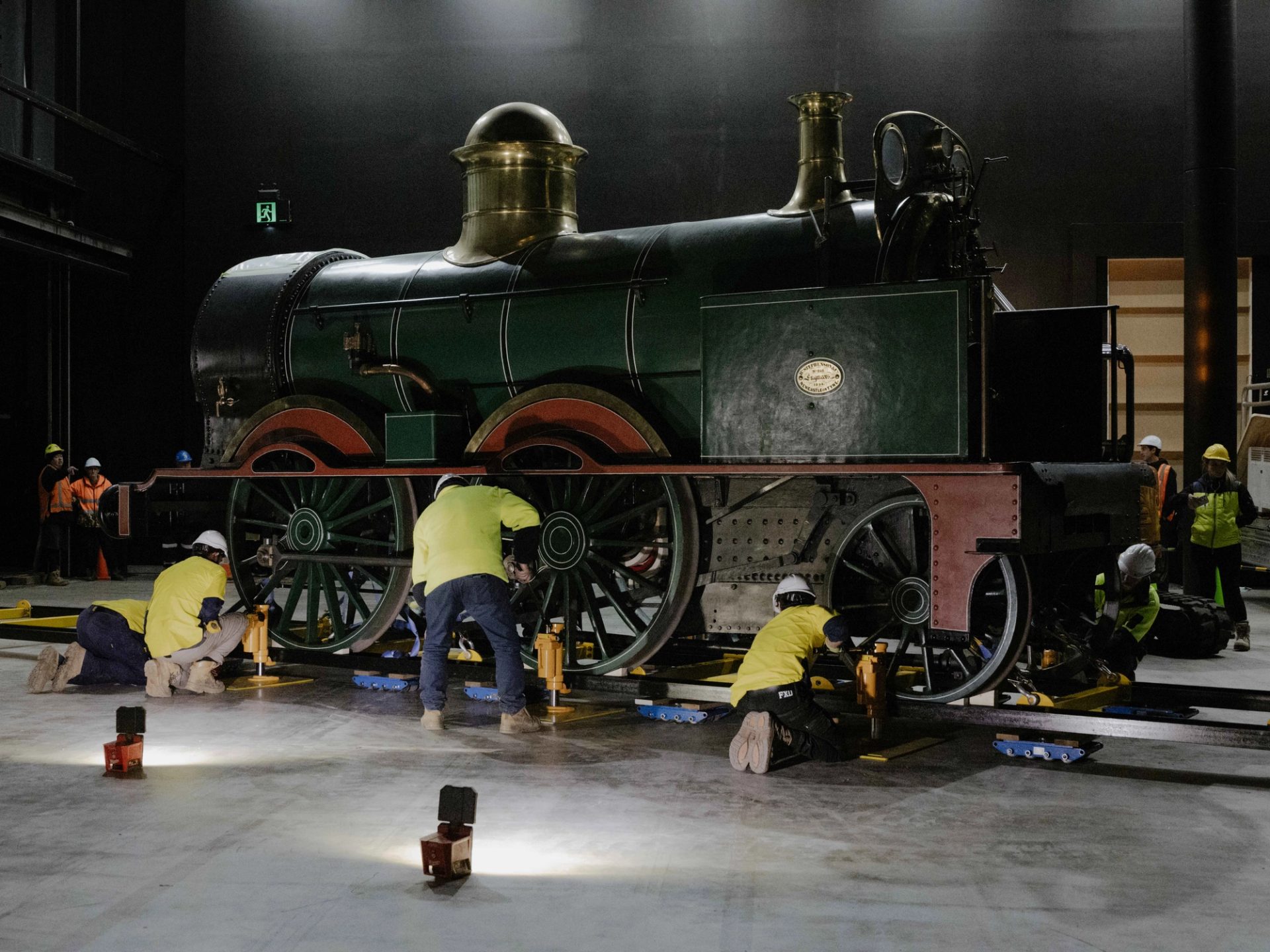
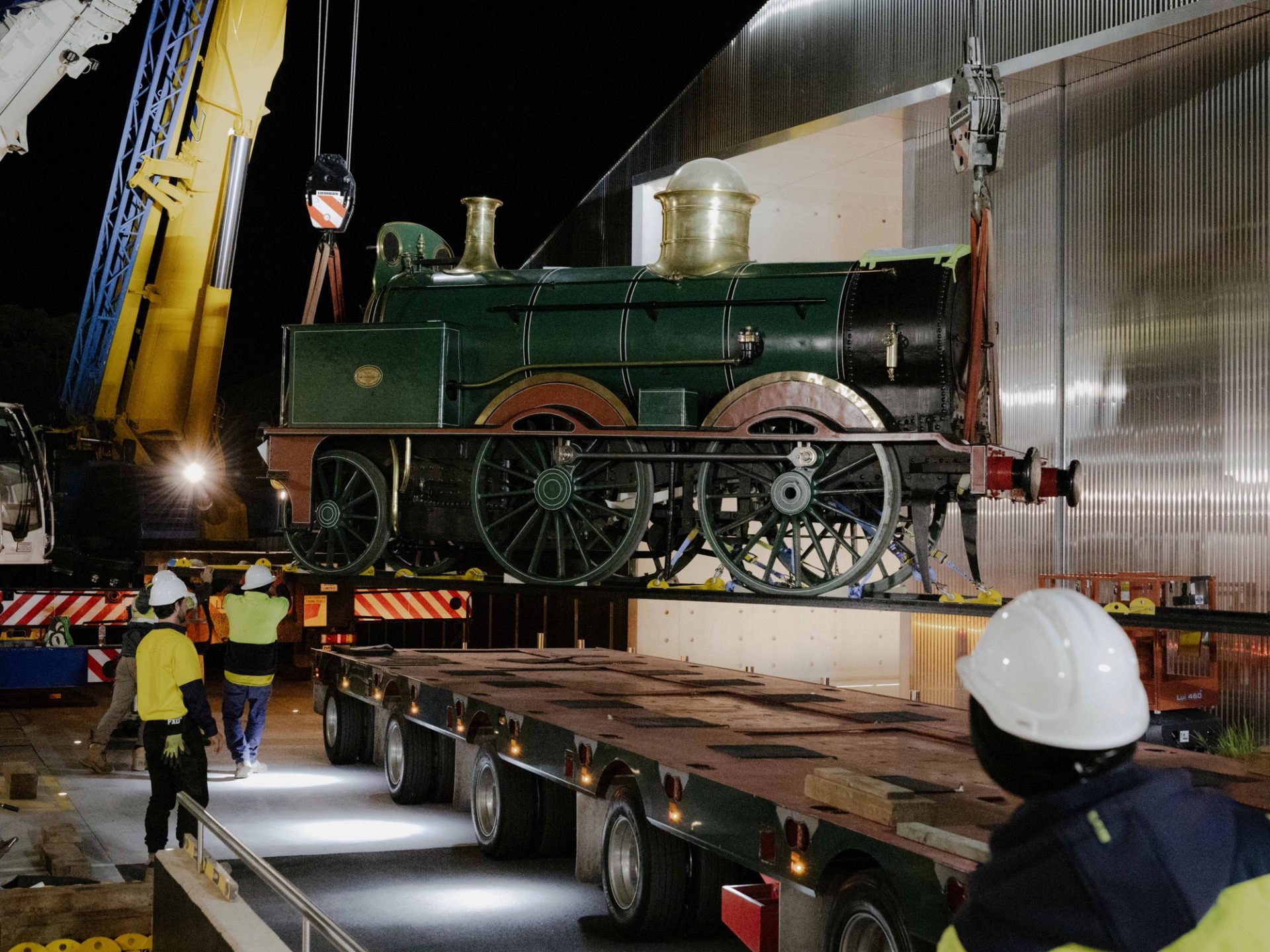
About
The facilities at Powerhouse Castle Hill are purpose-built to present new exhibitions and programs and support the work of the museum’s curatorial, research and conservation teams alongside the Powerhouse Collection.
The entire collection of more than half a million objects is housed in one location. Originally a botanical research station, the site has evolved since the late 1970s to house specialised museum collection facilities, including the Museum Discovery Centre.
Building J, the newest and largest (8135sqm) of seven collection facilities, opened in 2024. It includes a huge presentation space, climate-controlled collection store and conservation lab, research workspaces and photography studios, all designed to help protect and share the objects’ stories across the generations.
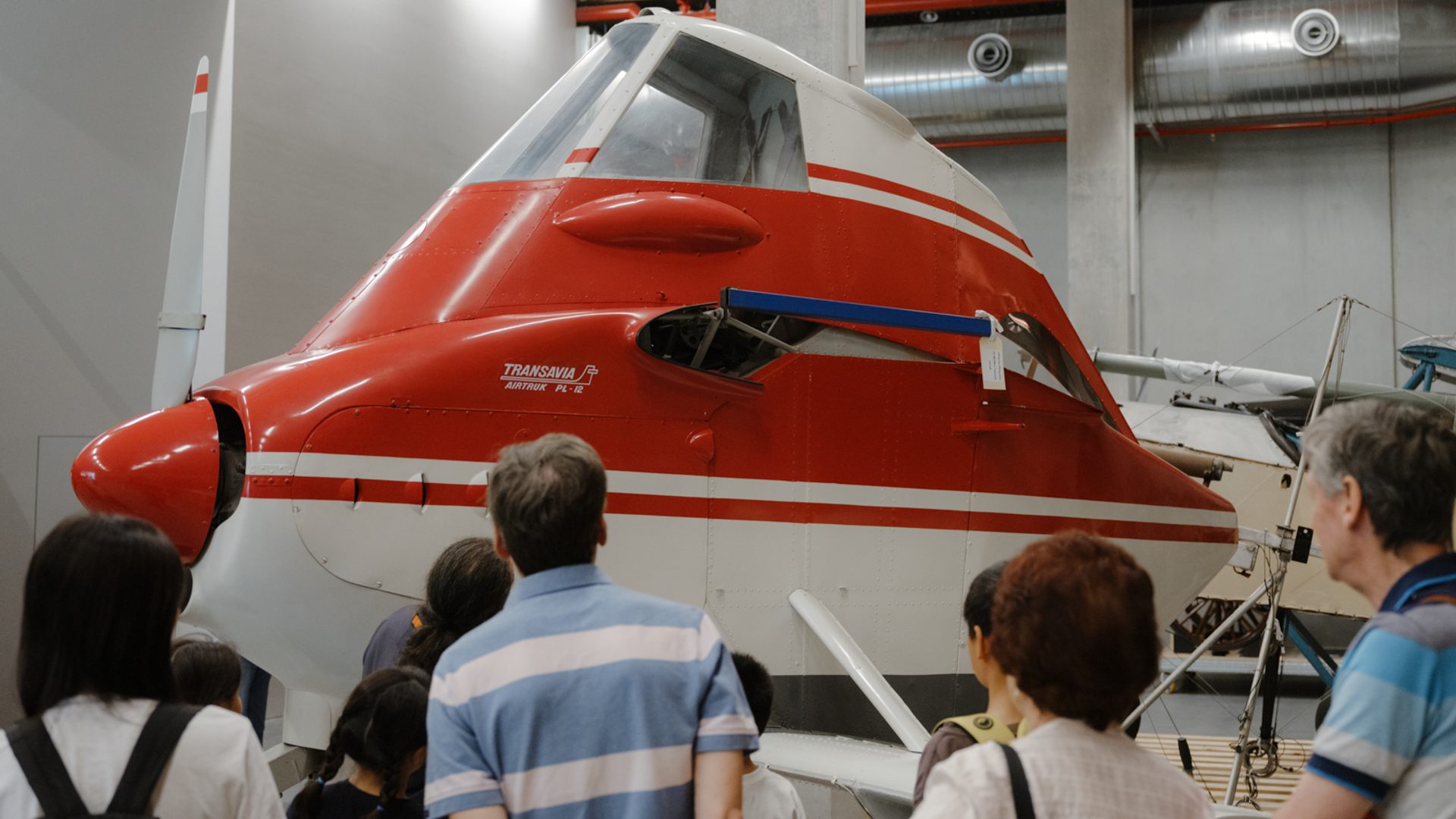
Powerhouse Collection
Since 2019, more than 338,000 objects (including many from the Powerhouse Archives) have been digitised to date and are now available to view online.
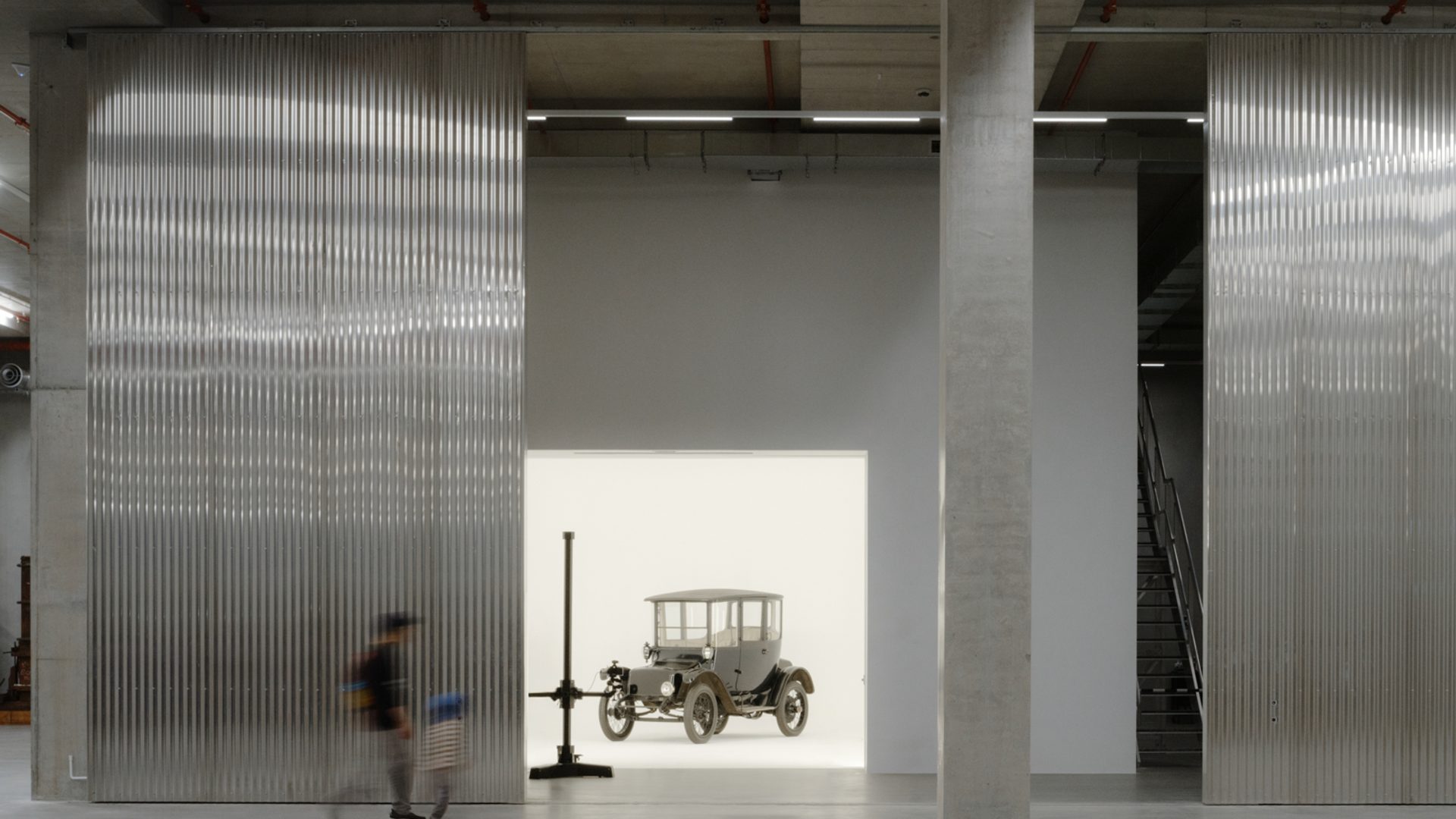
Powerhouse Castle Hill
Located on Dharug land. A storehouse for the Powerhouse Collection supporting research and conservation, presenting exhibitions and programs.
